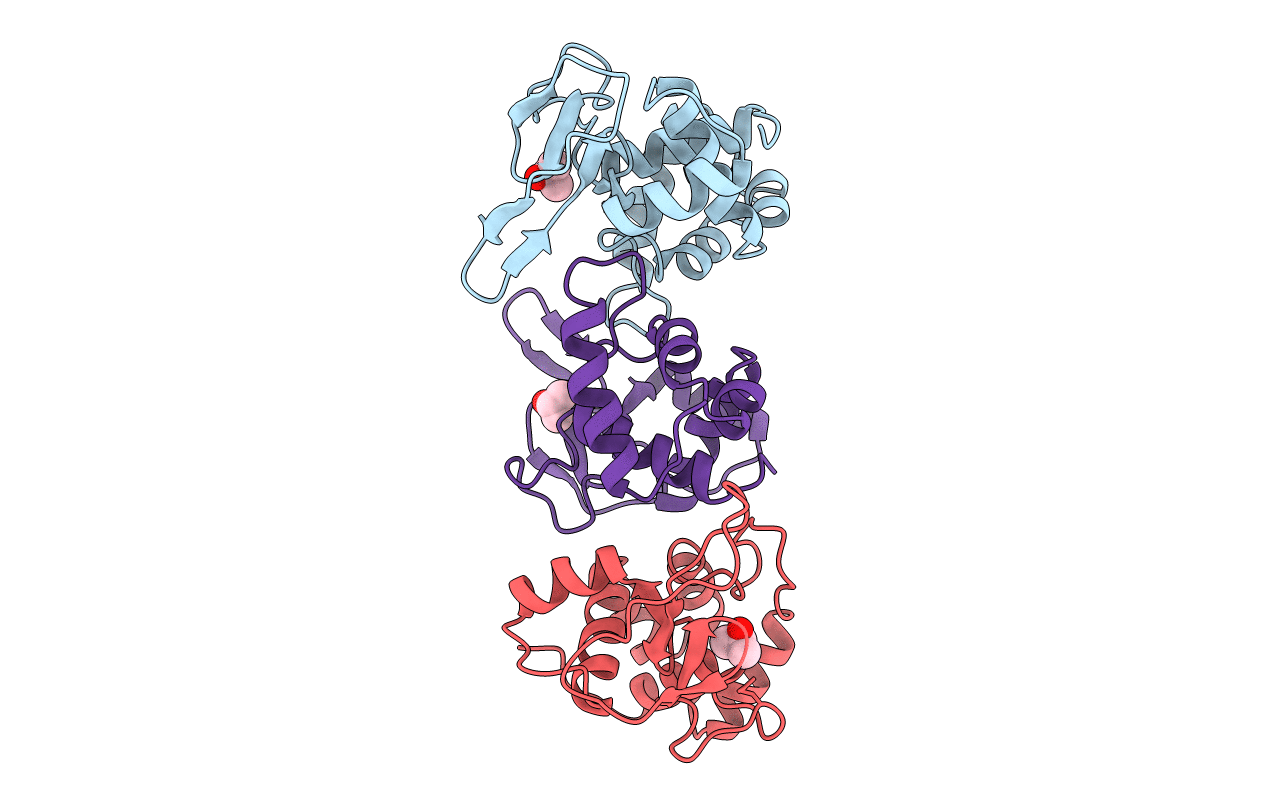
Deposition Date
1997-06-24
Release Date
1997-12-24
Last Version Date
2024-10-30
Entry Detail
Biological Source:
Source Organism:
Enterobacteria phage lambda (Taxon ID: 10710)
Host Organism:
Method Details:
Experimental Method:
Resolution:
2.30 Å
R-Value Free:
0.21
R-Value Work:
0.16
R-Value Observed:
0.16
Space Group:
P 21 21 21


